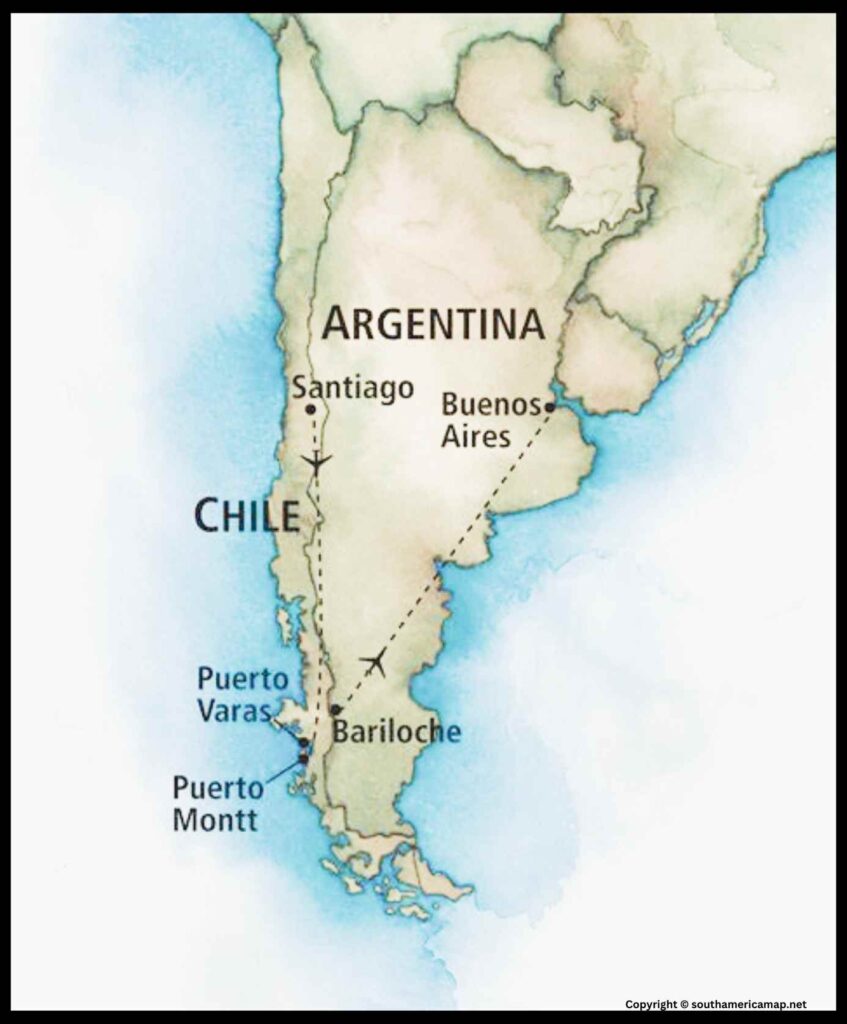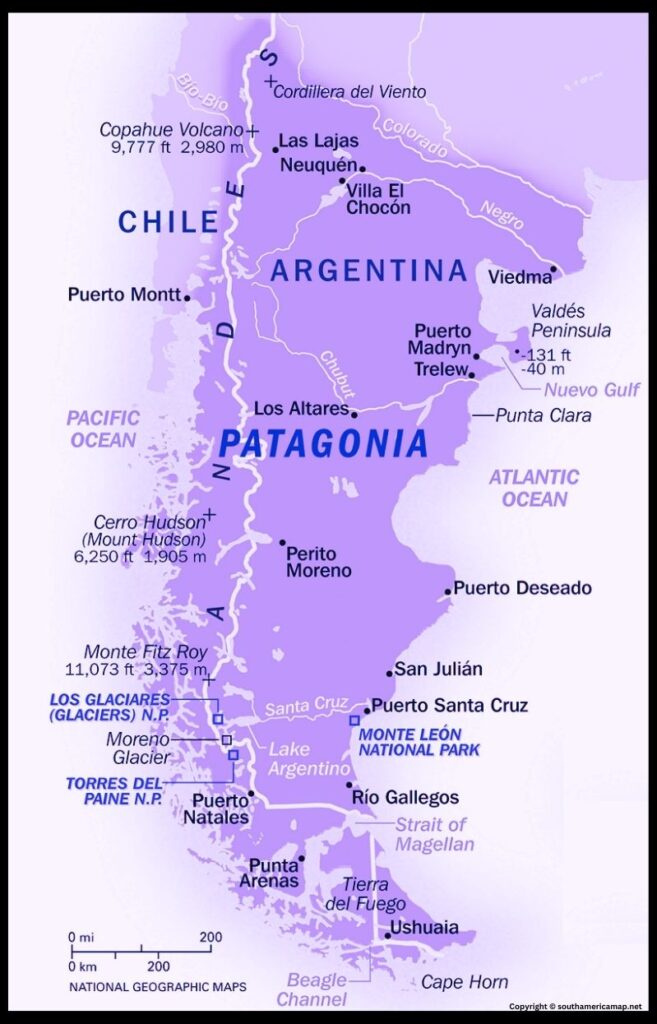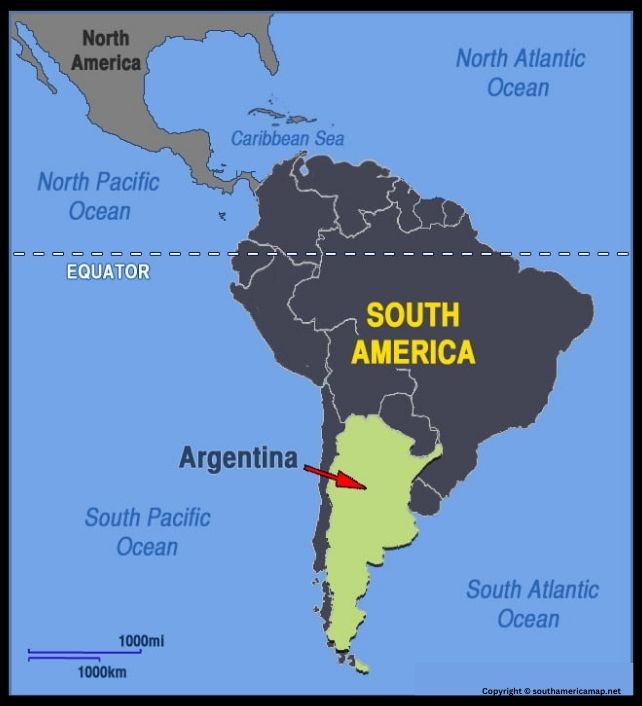Argentina South America Map – A classified map of Argentina in South America provides a contingent of advantages, acting as a great educational equipment, navigation assistance and cultural compass.
Educationally, a classified map allows to imagine the region of the United States within the continent, allowing one:
- Understand the geographical location: The map explains the huge length of Argentina, which reflects its broad latitudinal volume to the south of the sub -region to the sub -region, and many of its landscapes, Andes mountains, from the pampas plains to the Petagonian plateau.
- Understand the borders with neighboring countries: Chili, Bolivia, Paraguay, Brazil and Uruguay enabled to benefit Argentina’s geopolitical landscapes and relationships.
- Search various physical features: Choose essential functions such as markers, Andes mountains, Pampas planes, Tiera del Fuego and Patagonian Plateau on the map, which offer inspiration to find out about the cute landscape of Argentina.
Related Post –
- South America Map with Capitals
- Physical Map
- North And South America Map
- Map of South America Countries
- Political Map
Argentina South America Map
For the motive of navigation, a marked map permits people to:
- Plan tour itineraries: Whether taking a cultural excursion round Buenos Aires or a trekking excursion in the Andes, the map allows in making plans powerful routes, identifying principal landmarks, and finding one’s manner via unfamiliar areas.
- Understand distances and transportation systems: Labels indicating outstanding cities, towns, highways, railways, and waterways assist in making plans travel schedules and making experience of the logistics concerned in touring around the us of a.
- Find particular places: Marking cities, towns, country wide parks, and natural wonders at the map makes it easy to navigate and discover Argentina’s rich variety.
Culturally, a classified map enhances understanding of Argentina:
- To highlight diverse cultures and languages: indigenous groups, historical websites, and cultural sites are classified to enjoy U. S . A wonderful variety of a wonderful variety of cultures and languages.
- Knowledge of political and historical references: History is classified to the website, warfare, and strategic cities that lend themselves to understand the political and cultural development of the United States.
- Appreciation of the natural wonders: Descriptions labeling the Iguazu Falls, the Perito Moreno Glacier, and other natural wonders evoke appreciation and awe for Argentina’s biodiversity and unique ecosystems.
Location:
- South America: Argentina holds the southernmost part of the continent, covering much of the Southern Cone region.
- Latitudinal range: About 22°S to 58°S. The extensive latitudinal range leads to varied climates, from subtropical in the north to subpolar in the south.
- Longitudinal span: Roughly 53°W to 73°W. The expansive longitudinal range helps create the diverse topography of the nation, ranging from the Andes Mountain ranges in the west, to the productive Pampas grasslands in the east, to the Patagonian plateau in the south.
Boundaries:
Land borders:
- West: Chile, across the Andes Mountains.
- North: Bolivia and Paraguay.
- Northeast: Brazil.
- East: Uruguay.
Water borders:
- East: Atlantic Ocean, with a very extensive coastline of about 2,900 miles.
- South: Drake Passage, separating Argentina from Antarctica.
Overall dimensions:
- Area: 2,780,400 square kilometers (1,073,518 square miles), the second-largest country in South America and the eighth-largest globally.
- Length: Approximately 3,694 kilometers (2,295 miles) from north to south.
- Width: Approximately 1,423 kilometers (884 miles) from east to west.\
Argentina asserts sovereignty over part of Antarctica, called Argentine Antarctica, though this is not internationally recognized. The nation also comprises various islands, like Tierra del Fuego and the Malvinas Islands or Falkland Islands, which are disputed territories.
Unique features:
- The Andes Mountains, a dominant range, constitute a natural border with Chile, which makes for breathtaking vistas as well as sheltering varied ecosystems.
- The Pampas, lush grasslands sweeping across central Argentina, are essential for agricultural output and help make a substantial contribution to the country’s economy.
- Patagonia, the southernmost part of the country, is noted for its expansive plains, glaciers, and stunning natural beauty.
Map of Chile And Argentina South America
Nestled along the western coast of South America, Chile is spread like a long, narrow ribbon for more than 2,700 miles. It grants unique geography, huge ends mountains and sandwiches between the huge Pacific Ocean, Chile Breathable landscape and diverse ecosystems. The location of Chile, from the dry Atacama desert to the south to the south, plays an important role in shaping its natural beauty, cultural identity and economic ability to the north.
Map of Patagonia Argentina South America
Located in the southern reach of South America, Petagonia is spread over a vast region, including the southern end of the mainland Argentina and parts of the neighboring Chile. This amazing region is divided into Argentina from the windsweight plains of Southern Mendoja and Neurquen Provinces, with Andes Mountains, eventually divided into two separate classes: Petagonia of Argentina, which is known for its glacier lakes, and dramatic beaches, and chillies pattas, and chilling patterns, and chilling patterns, and chilling patterns, and chilling patterns, and chilly Chintagagia, portraying, chilitagine, and chilin patnes, to chirdaz, and chilis patage, which is known for chilting, and chilin pattings.
The geographical boundaries of patagonia are defined loosely, usually considered to spread from the 35th to 56th parallel south, which includes various types of deeds from the dry plateaus of the Patagonian plateau to the fertile valleys of the Andes and Chubut River.
This remote and panoramic field offers a unique mixture of natural beauty and cultural heritage, which attracts visitors around the world to detect their hidden miracles and to experience its breathtaking scenes.
In precis, a classified map of Argentina in South America opens up a wealth of educational, navigational, and cultural possibilities. It gives a fundamental supply of information at the geography, records, and way of life of the u . S ., even as additionally enabling one to explore and tour across its big and diverse terrain.


